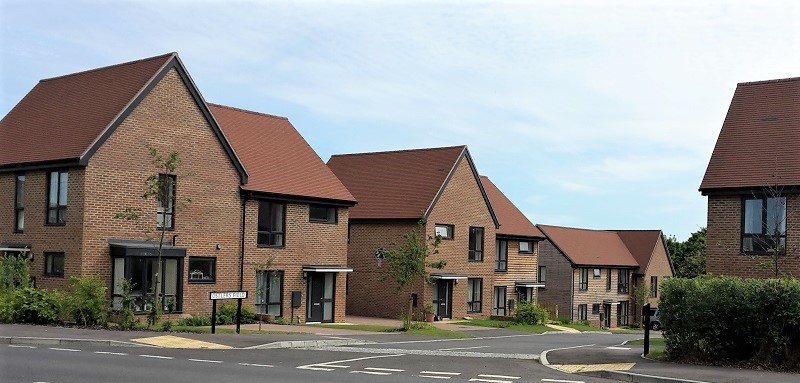We all know we have an “affordable” housing problem. A simple search of public websites reveals some depressing facts.
In common with many areas in the south east, Rye has a serious shortage of housing that local people can afford. With a two-bed terraced house in Rye starting at £239,000 a family would require an annual income of around £48,000 to service a mortgage, not forgetting about the 10% deposit. Low-income households don’t fare much better renting in the private sector. A two-bed terrace house in Camber is, for example, currently advertised for £1,100 a month with a minimum income requirement of £36,300. With the average gross full-time income in 2023 of around £32,000 a year it is easy to see how local people, on modest incomes, are being priced out of the market.
There are, fortunately, potential solutions for local people: social rented housing and low-cost homeownership. Social rented housing is often referred to as “council housing” although today it is actually provided by not-for-profit housing associations. This is because Rother District Council ceased to be a landlord some years ago when it transferred its housing to a housing association. Social rents are set at a significant discount to market rents and at a level that is affordable to those on low incomes. Housing associations should also provide security of tenure and professional management.
Alternatively, low-cost home ownership, also provided by housing associations, enables households to buy a stake in their homes at a level they can afford, while renting the remaining share owned by the housing association. Over time a household can buy a larger share of the home as their income increases. This is called staircasing, which is an important part of the journey to full ownership.
But the supply of social housing needs to increase dramatically because, at the start of 2024, 1,918 households were registered on the district council’s housing waiting list, while the number of available lettings in 2023 was only 130. Unless house prices and rents fall, creating a different set of problems, the supply of social housing needs to increase.
So, what needs to happen to support construction of affordable housing in Rye?
Housing associations are able to offer social rent and low-cost home ownership at a discount to the market because they either receive a government grant towards construction or purchase homes at a discount from developers as a condition of planning permission. But critically the local council needs to give planning permission for a site to be developed by a housing association or a commercial house builder working with a housing association.
While the new government is changing the planning rules to support more house building, there is a case for communities to promote new sustainable housing development in their area and influence design. Not only does the construction of new homes help lower-income local families live in and around Rye but it also supports the local labour market and the local economy. In the case of low-cost home ownership, it provides a step on the road to full owner occupation to which most people aspire.
And therein lies the issue and the opportunity. We need a strong and enthusiastic partnership between housing associations, developers, Rother District Council and our own town council if this opportunity is to be grasped. Sadly, so far at least, there is little evidence of this in the small number of Rye sites available for development.
Rye News will continue to focus on opportunities to create suitable housing for our diverse community at every opportunity.
Data Sources:
Rightmove for rents and the market example
Kent County Council – Kent analytics for statistics on incomes
Rother District Council on waiting list and lettings in 2023
Image Credits: Hastoe Housing Association .




Truly affordable housing relies on either land being made available at a lot less cost than commercial values and/or developers being forced to provide housing for rent at really affordable levels. One underused answer is a Community Land Trust as Housing Associations are no longer reliable providers.
Peters comments were very full, but I do wish we could get rid of the term “affordable homes”, what one person can afford another cannot. I was a board member of Rother Homes, (Amicus Horizon) when it existed, social housing was in demand then as it is now. I have no doubt the Government needs to step in and help local Councils eg. Hospital buildings for example, I also feel that Local authorities themselves should be able to go to the financial markets, to sustain their day to day financial workings, as well as borrowing longer time. I know this is what happened in the past because I was involved, work wise. This could well help local authorities to purchase land or even property. My concern is we as Country only have so much land, and a growing population.
When Thatcher sold houses for votes ,the money was to be be put aside to provide new social housing. Where did it all go ?